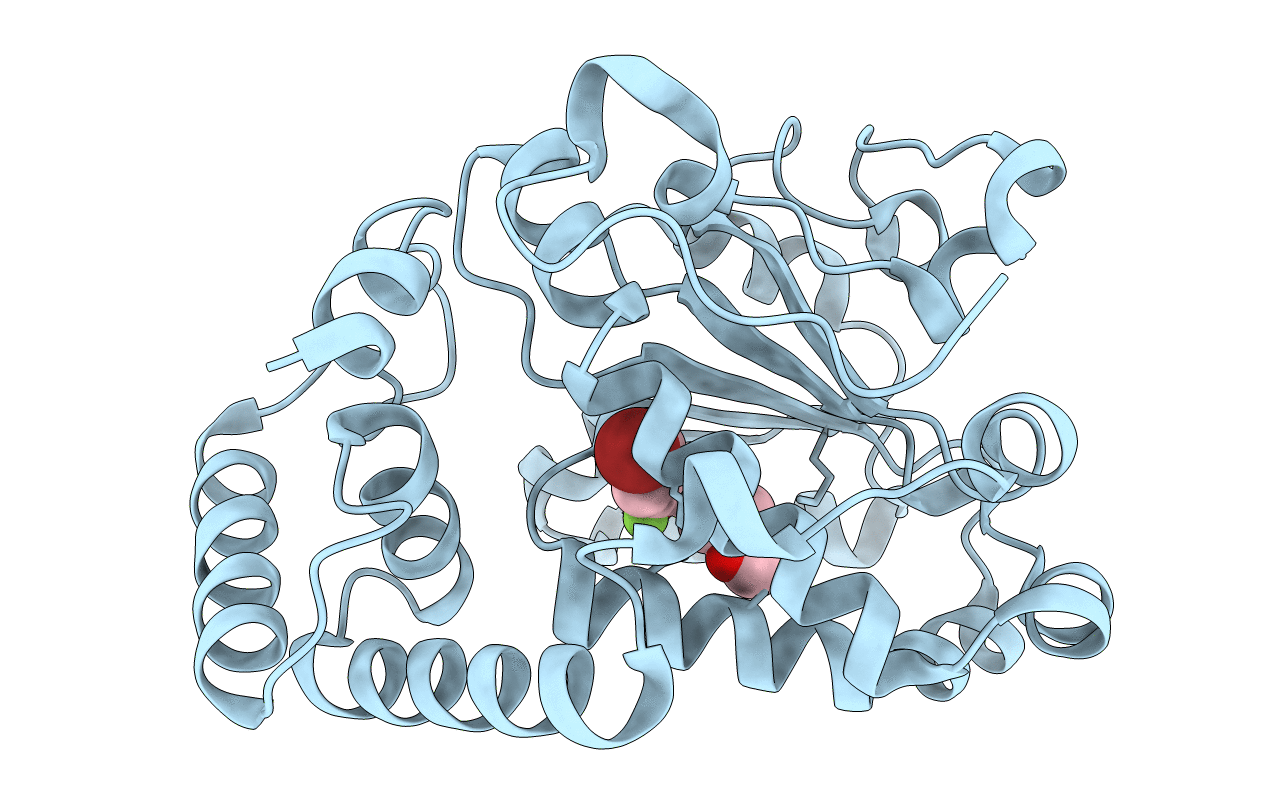
Deposition Date
2017-11-20
Release Date
2018-01-17
Last Version Date
2024-01-17
Entry Detail
PDB ID:
6F0E
Keywords:
Title:
Structure of yeast Sec14p with a picolinamide compound
Biological Source:
Source Organism:
Host Organism:
Method Details:
Experimental Method:
Resolution:
2.60 Å
R-Value Free:
0.22
R-Value Work:
0.19
R-Value Observed:
0.20
Space Group:
P 32 2 1


